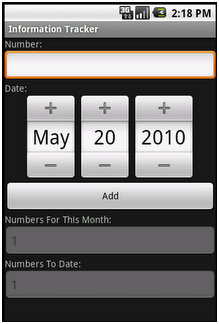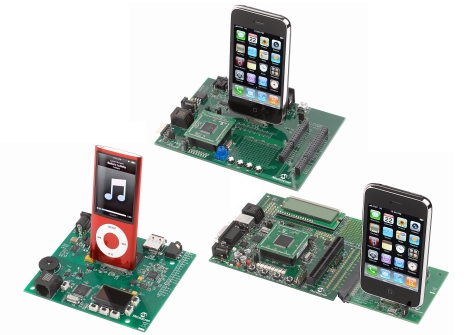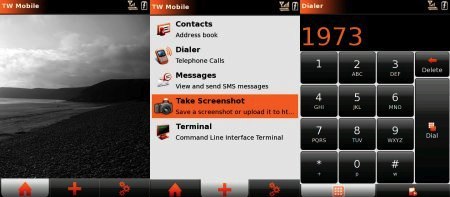In this tutorial, we will be continuing from where we left off with the “hello world” application. This time adding a graphical user interface (GUI) and a “toast”. The GUI will consist of a button, textbox and a label. The “toast” will be issued onto the screen when the button is pressed.
Some may wonder what a toast is. Well, for non-programmers, a toast is a text notification that for the most part is used only to display an error on the screen (I am a big fan of using toasts instead of an alert on the screen as its less intrusive). For this article we will use a toast to display a message on the screen that will take the text in the textbox and issue a “Hello Greg” onto the bottom of the screen. After this article completed you will be able to successfully make toast commands, design the layout of the hello world program, and pull text from a textbox.
Continue reading “Android Development 101- Part 2:Graphical Elements”


















